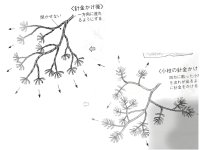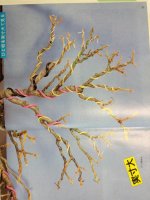nurvbonsai
Shohin
Hi all,
I watched some more videos today and brought home a green mound juniper from the nursery. I’m curious to hear what thoughts you might have around it. The top i think could use some more shaping. And any thing else that sticks out like a sore thumb I want to hear about it, or read about it. Stay blessed!
i think could use some more shaping. And any thing else that sticks out like a sore thumb I want to hear about it, or read about it. Stay blessed!
I watched some more videos today and brought home a green mound juniper from the nursery. I’m curious to hear what thoughts you might have around it. The top
Attachments
-
 IMG_7016.jpeg525.5 KB · Views: 131
IMG_7016.jpeg525.5 KB · Views: 131 -
 IMG_7017.jpeg511.6 KB · Views: 108
IMG_7017.jpeg511.6 KB · Views: 108 -
 IMG_7018.jpeg463.4 KB · Views: 87
IMG_7018.jpeg463.4 KB · Views: 87 -
 IMG_7019.jpeg466.8 KB · Views: 83
IMG_7019.jpeg466.8 KB · Views: 83 -
 IMG_7020.jpeg456.3 KB · Views: 75
IMG_7020.jpeg456.3 KB · Views: 75 -
 IMG_7021.jpeg510 KB · Views: 84
IMG_7021.jpeg510 KB · Views: 84 -
 IMG_7022.jpeg432.2 KB · Views: 87
IMG_7022.jpeg432.2 KB · Views: 87 -
 IMG_7023.jpeg468 KB · Views: 86
IMG_7023.jpeg468 KB · Views: 86 -
 IMG_7024.jpeg455.3 KB · Views: 106
IMG_7024.jpeg455.3 KB · Views: 106











